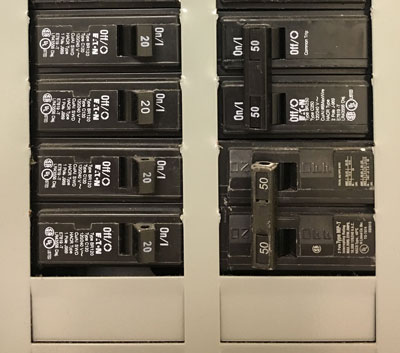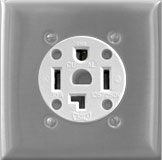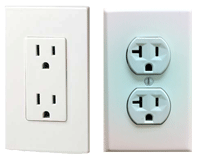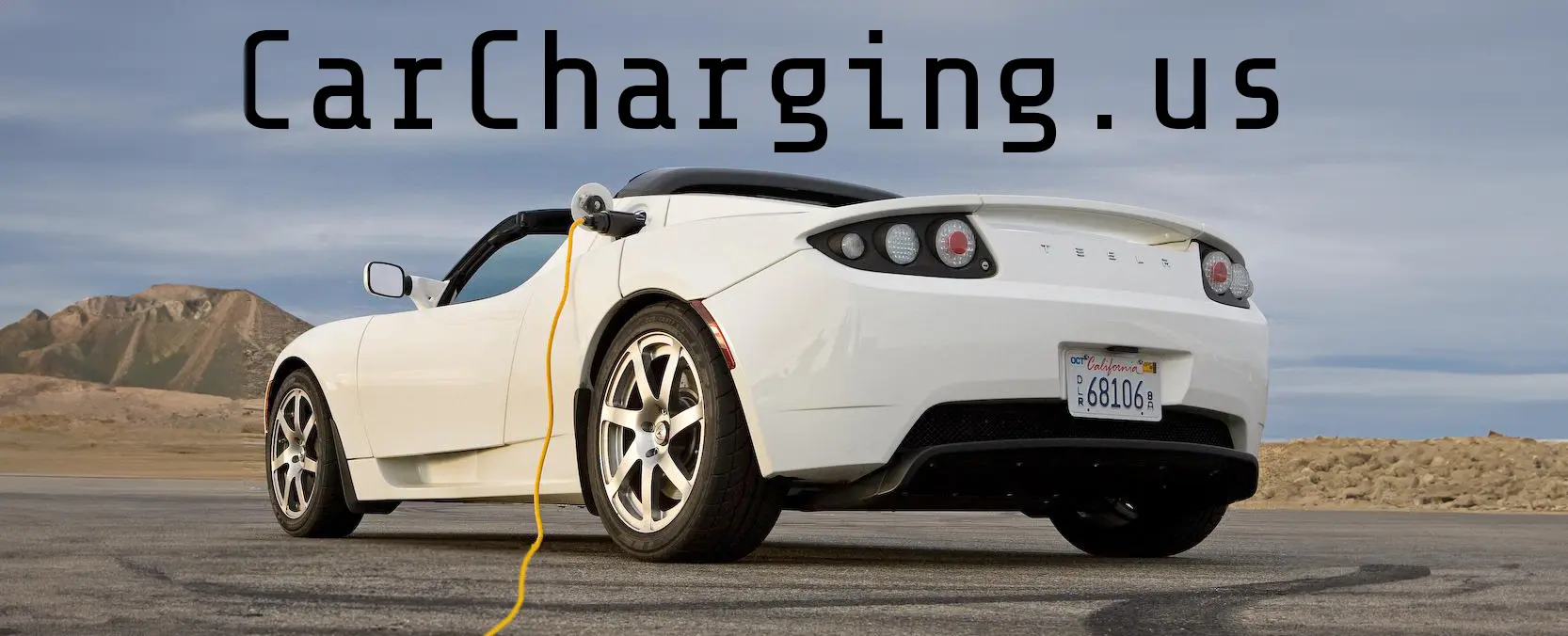North American Electricity Primer
North American household electricity is described as "split-phase 240V". You have three conductors coming into your house from the power company: A neutral return, and two energized conductors, each carrying 120V relative to neutral/ground, each in opposite phase to each other. Without getting too technical, suffice it to say that you can get either 120V or 240V from your electrical panel.
In addition to voltage (think of it as how "strong" the electricity is), the other key concept is amperage, or amps. Amps refer to how MUCH electricity is drawn from a receptacle. Electrical circuits are protected by a fuse or these days, a breaker, that will "trip" or turn off if too much electricity is drawn (too many amps drawn).
The final key concept is power. Power is how much actual work the electricity can do. The more power you charge your car with, the faster it recharges. Power is simply voltage times amps (V x A). So if you double your voltage from 120V to 240V but drawing the same amps, you have double the power, and hence, double the charging speed.
Your regular household plug is protected by a single pole breaker in your electrical panel as shown on the left side of this electrical panel picture:

Appliances that use 240V are protected by a double pole breaker, as shown on the right of the electrical panel. A typical EVSE will need a dedicated 240V, two pole breaker to supply it power.
In a regular 120V household socket, there are three pins or blades that a plug can plug into. The rightmost blade is the hot wire which carries 120V. The leftmost blade (which is also a little taller) is connected to the neutral wire and it should always be at a ground potential (ie. 0V). These two connections are all you need for a functioning circuit, and many lights and appliances only use these two blades.
The third round connection is connected to the ground and is a "safety ground". In a large or metallic sheathed appliance, the metal parts that should not have any electricity running through them are connected to this ground wire. If the appliance becomes damaged or breaks and the 120V hot wire manages to contact an exposed metal part of the appliance, then there would be an electrocution risk. But if the metal part is grounded, then before a human can touch the appliance and get zapped, the 120V will be shorted to ground via the ground wire and this will cause the breaker to trip, shutting off the electricity.

For 240V receptacles, it can be a little different. Here's a dryer receptacle as you might find in a newer house. It is a NEMA 14-30 receptacle (older houses have three prong NEMA 10-30). The top round prong is ground. The two side straight blades are both hot, each carrying 120V relative to neutral/ground, but in opposite phases to each other. Thus if you read the voltage of these two blades, you'll get 240V. The bottom angled blade is a neutral return and is only used if the appliance also needs 120V. In a dryer, the lights and controls might use 120V, while the motor and heater uses 240V.
EVSEs plugged into receptacles would only use the two hots forming the 240V, and the safety ground (EVSEs usually check to make sure the safety ground is actually connected to ground before starting to charge).
Check out the Receptacle Identification page to identify what kind of receptacles you might have, or the Charging from 120V Receptacles page to learn about GFCIs (they are sometimes an issue with EVSEs).
15A and 20A Receptacles
Most household receptacles are rated for 15A and are protected by a 15A breaker at the electrical panel. Receptacles intended for special purposes, or located in newer homes, could have 20A receptacles, protected by 20A breakers. The receptacles are slightly different.

You'll note that the one on the right has horizontal notches on the left blade. This means that you can safely draw up to 20A from this receptacle as opposed to 15A.
For car charging, this means that if you had a mobile EVSE capable of recognizing and using this receptacle type, you could charge at 16A instead of the usual 12A that most mobile EVSEs charge at on 120V. This actually results in about 42% faster charge rate (rather than the expected 33% boost) since there is some overhead electricity taken up by the car itself when charging (eg. coolant pumps).
Check the Mobile EVSE page to see which mobile EVSEs can use this 20A receptacle to its full capability.
110 or 120V??
North American household electricity has been standardized at 120V and 240V for at least the past fifty years. Most non-electricians, however, continue to talk about 110V and 220V.
Way back in 1900 when Edison started making his DC power plants, it was indeed 110V, but the grid has evolved since then and the correct nominal voltages are 120/240. I say "nominal" because if you measure your receptacle voltage, it could be anywhere from 110V to 125V depending on local conditions.
